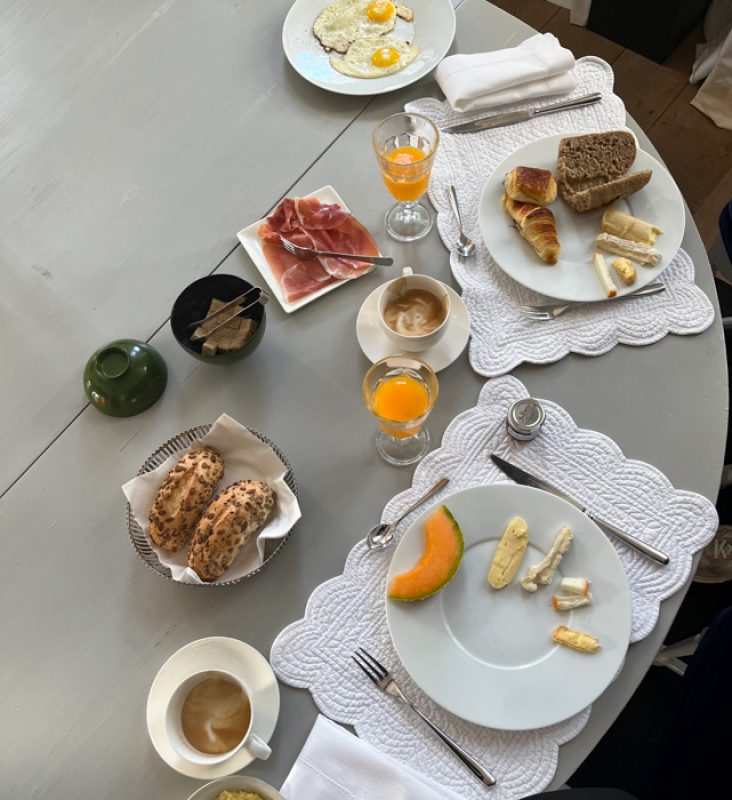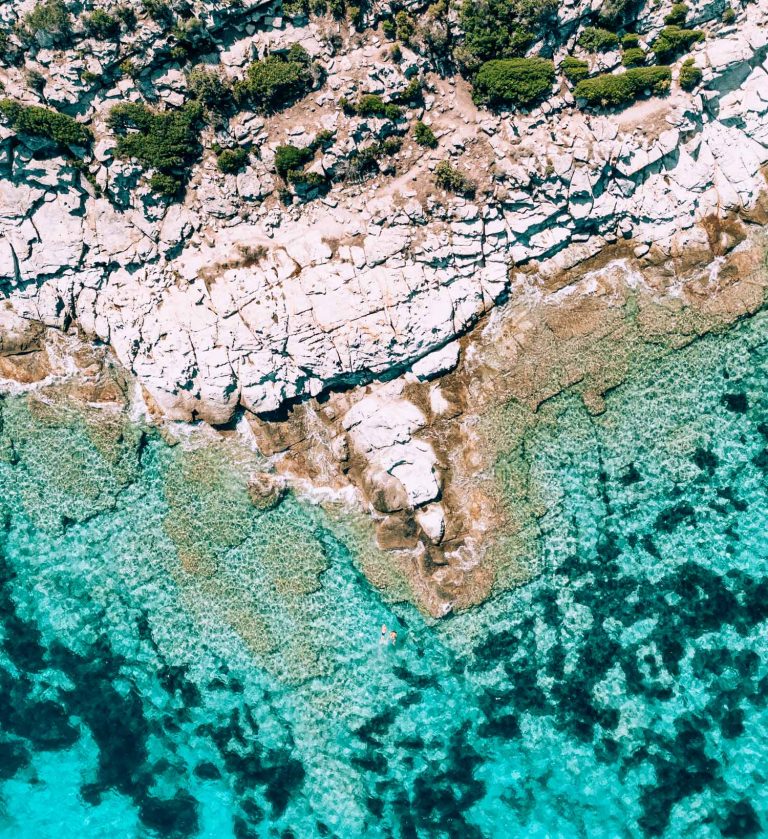This article contains affiliate links
After Carcassonne, we drove all the way to the French Alpes to spend two nights in La Norma with Wessel’s grandparents. We decided to go there just before reaching Carcassonne at a gas station and did not regret that decision for a minute! So, after spending a couple of days hiking, eating hearty food, barbecuing with a group of Dutch seniors, and drinking Savoie wine in the mountains, we started on our journey home.
We knew we did not want to drive all the way home just yet. So, I set out on Booking.com to find a good deal on a fancy hotel or B&B. We did not mind where it was, as long as we did not have to drive too far on the day we were driving home. With Wessels luck and my Booking.com search skills, we found a very fine place to stay in… Liège! (Or Luik, as we Dutch call it).
Our Stay at the Faubourg Saint Martin
After leaving the Savoie early that morning, we hit the road again and drove for hours. Unfortunately, we hit a lot of traffic on the way to Liège, and did not reach the city until about 4 PM. Entering or even passing this Belgian city is the pinnacle of organized chaos. The highway seems to cross straight through the heart of the town, with many turns and exits. But when we drove into the street where our B&B was supposed to be, we felt a feeling of peace wash over us.
After parking the car, we walked towards the building that was supposed to be our hotel for the night. From the outside it looked inconspicuous: just a door in a boring, old wall. But as the door opened for us, we found ourselves in a romantic courtyard with houses around us showing ancient windows, stained glass, and ivy on the walls. The host welcomed us in perfect Dutch, and showed us the room where we were supposed to have breakfast the next morning, and our room, just across the courtyard and up a couple of stairs. I felt like I had landed in a medieval story!
When we entered the room, we knew we had never stayed in anything so luxurious with just the two of us. The room was very large, with a king-size bed and what I can only describe as ‘old-money’ décor. I felt very out of place in my stinky travel-day clothes. Just imagine us meeting our gorgeous groomed and manicured host while just having rolled out of a car with no AC. So, we quickly hopped into the shower, so we could spend the rest of the day exploring.
Before I go into what we got up to in Liège, let me first brag about our wonderful breakfast the next day. After we both slept like logs, we entered the breakfast room, which now had a station with fresh bread, different cheeses, lots of freshly cut fruit, and cold cuts. Our host’s husband came out to greet us, put two glasses of fresh orange juice in front of us, told me my gluten-free bread was almost ready, and asked us what type of coffee we wanted and whether we wanted scrambled, fried, or cooked eggs. We both ordered a cappuccino, and I remembered the last time I was in Liège when I was on my way to Luxembourg, and got a cappuccino with whipped cream, sprinkles, and chocolate sauce (if you know me, you know I hate sugar in my coffee). But as I thought after having observed the B&B for the past day, they knew how to make a perfect (emphasis on perfect) cappuccino. So, if you decide to visit Liège, you must stay at the Faubourg Saint Martin!
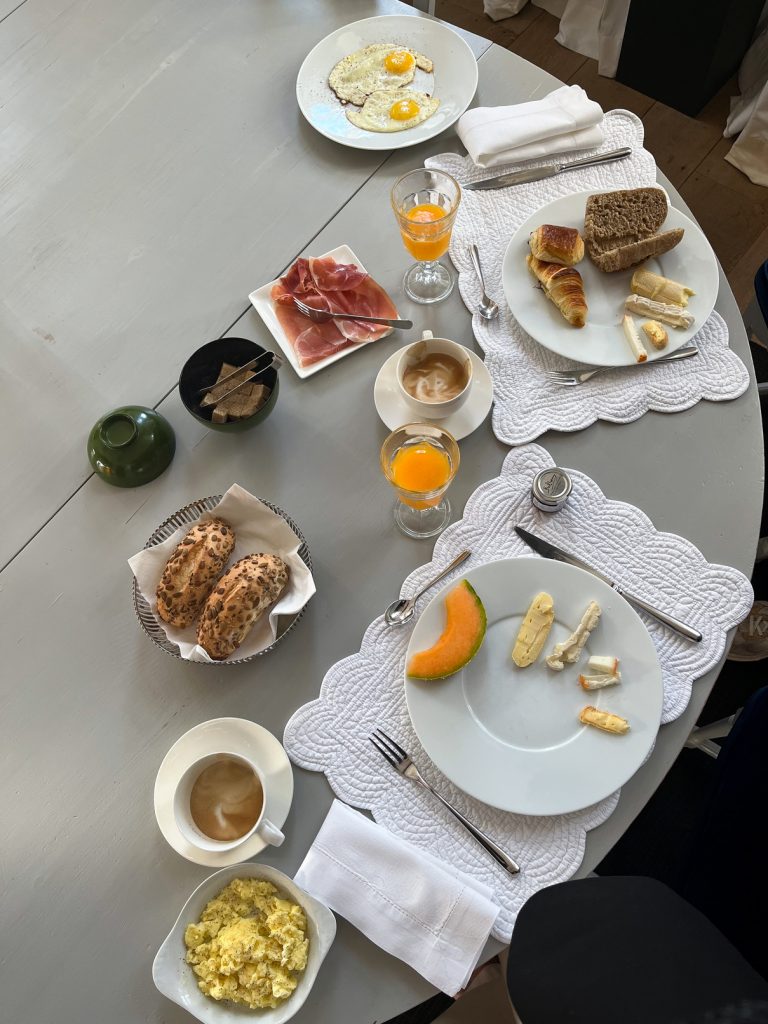
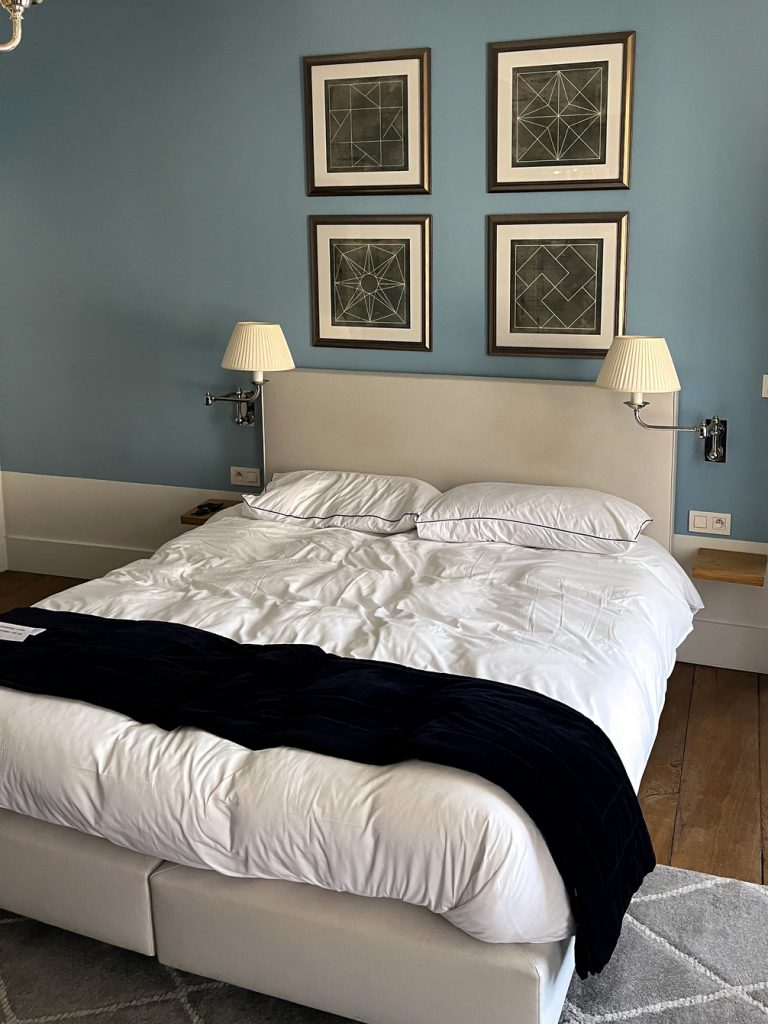
Exploring Liège
After our quick but needed shower, we sat out on a personalized walking tour of Liège. Our host had given us a map and had drawn the best route for us to walk. We sat out to walk towards the old city center and walked along the river. Initially, I thought the highlight of our stay in Liège would be our hotel. I did not really enjoy the look and feel of the city: there was lots of construction going on and trash on the streets. I also did not feel very safe, which I usually do in Belgium. Maybe it was irrational, but I kept worrying about our car with all of our camping gear: what if someone would break in? All in all, the town had a bit of an ominous vibe for me.
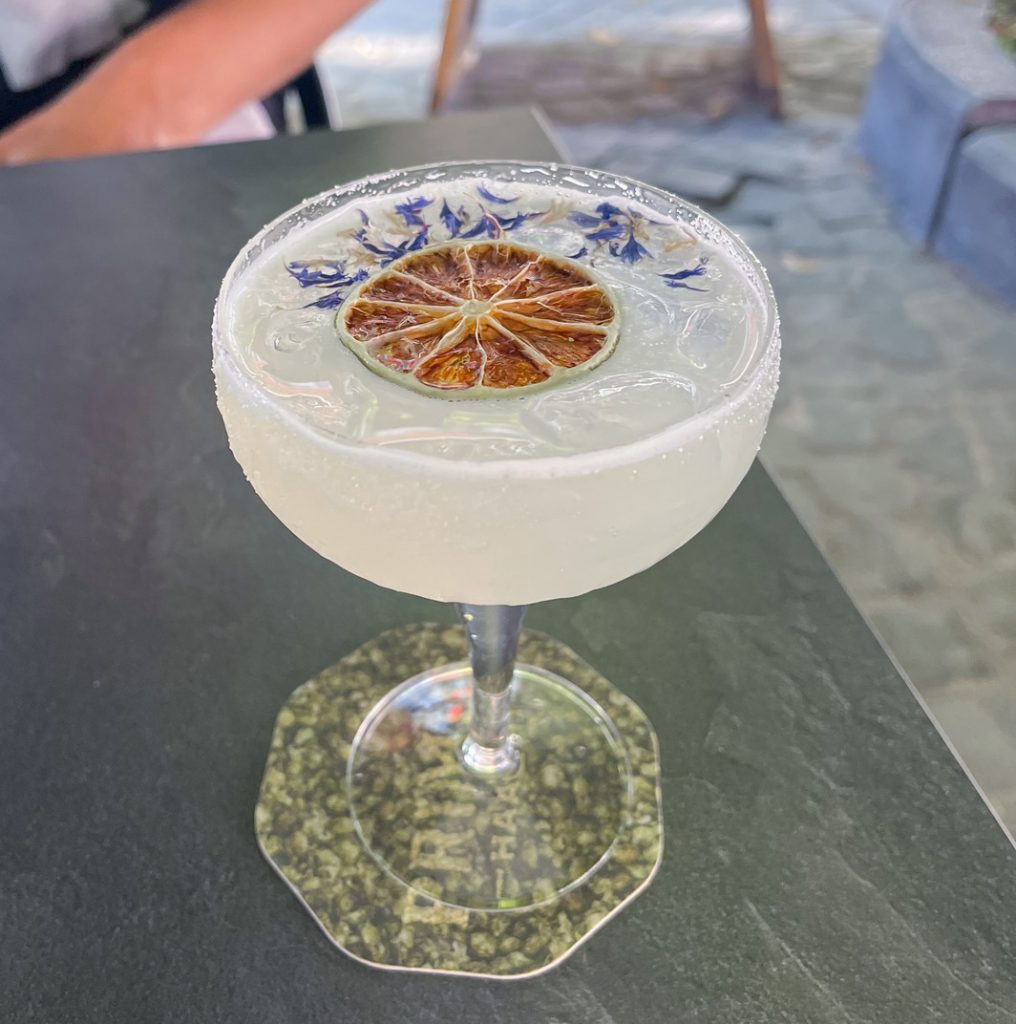
The old city center was cute though, and we sat down on a terrace and ordered some cold cuts and some drinks. Unfortunately, the cold cuts seemed to come out of the supermarket and the tequila in my margarita was watered down. To be honest, I felt a little disappointed with our choice to spend our last day here. This is not to say I am not grateful for all the traveling we get to do. The privilege of a Dutch passport allows us to go pretty much anywhere, which is amazing. However, I also want to be honest about our experiences, because let’s face it: not every experience is a great one, and sometimes you leave a place disappointed.
However, our night was about to get a little better, and gave me a different view on the city of Liège. Earlier we had walked past a food court, called La Grand Poste, which at that point was still closed. It was in the student district of the city, close to the university, and after checking out multiple restaurants in the city center, we decided the food court still sounded the best. Once we got there, we figured out that it had a rooftop terrace!
We had to eat our food downstairs though, so we quickly ordered some spring rolls, pho, and nachos. These were absolutely delicious, and with our bellies full we walked towards the rooftop bar. This place was just stunning! In between the towers of the baroque looking building was a terrace with pretty lights and lots of hip looking people. There we ordered two cocktails and watched the sunset with a view of the city.
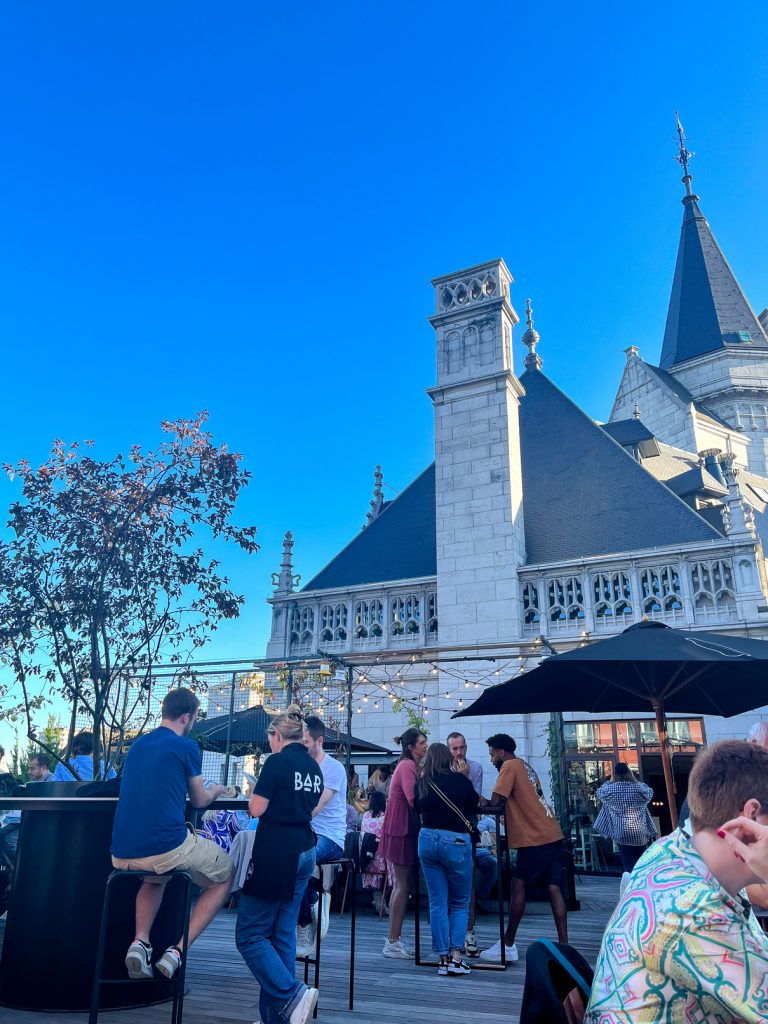
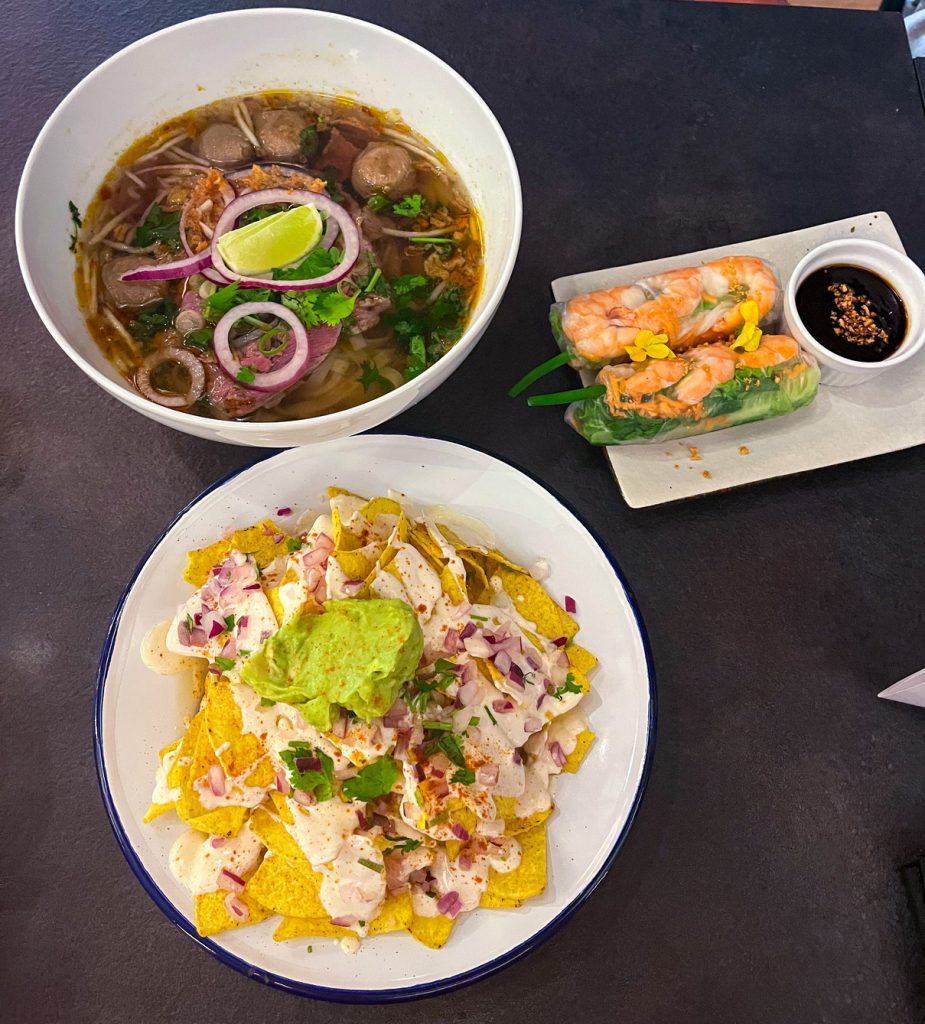
Discovering Spatial Isolation of Migrants in Liège?
Having found this place, we figured the social scene of Liège might be a little more hidden. But as we looked around the rooftop terrace, we noticed the crowd was mainly white and middle to upper class. During the day, however, we saw that Liège was a very diverse city where lots of cultures seem to mingle. You cannot count the numerous restaurants and shops catering to the different cultures of the world. To find the white, educated elite on literally a higher level (the rooftop), made me understand the ominous tension I felt in the city: signs of segregation and a large divide between upper and lower classes seemed to be present.
A quick Google search directed me to a research article stating the undeniable presence of segregation and isolation of migrants in Belgium’s largest cities. This does not serve as a judgement of Belgium and Liège, but as some context to put our experiences into perspective, and to always not judge a book by its cover: if I would not have analyzed my feelings of disappointment, I would not have gained a (albeit slightly) deeper understanding of the socio-economic situation that creates what I called ‘the ominous vibe’. The initial ‘disappointing’ experience led me to look beyond the surface, and reflect upon my own country: if this is the case in Belgium’s largest cities, then how is it present in my hometown of Amsterdam, not too far away? All in all, this experience led me to remember that travel is not all about luxurious experiences and finding a ‘good vibe’. It’s about getting to a deeper understanding of the world, even of places very close to home. Every city, region and country have its fair share of beauty and complexity, and to travel responsibly is to embrace that by doing our best to learn.

